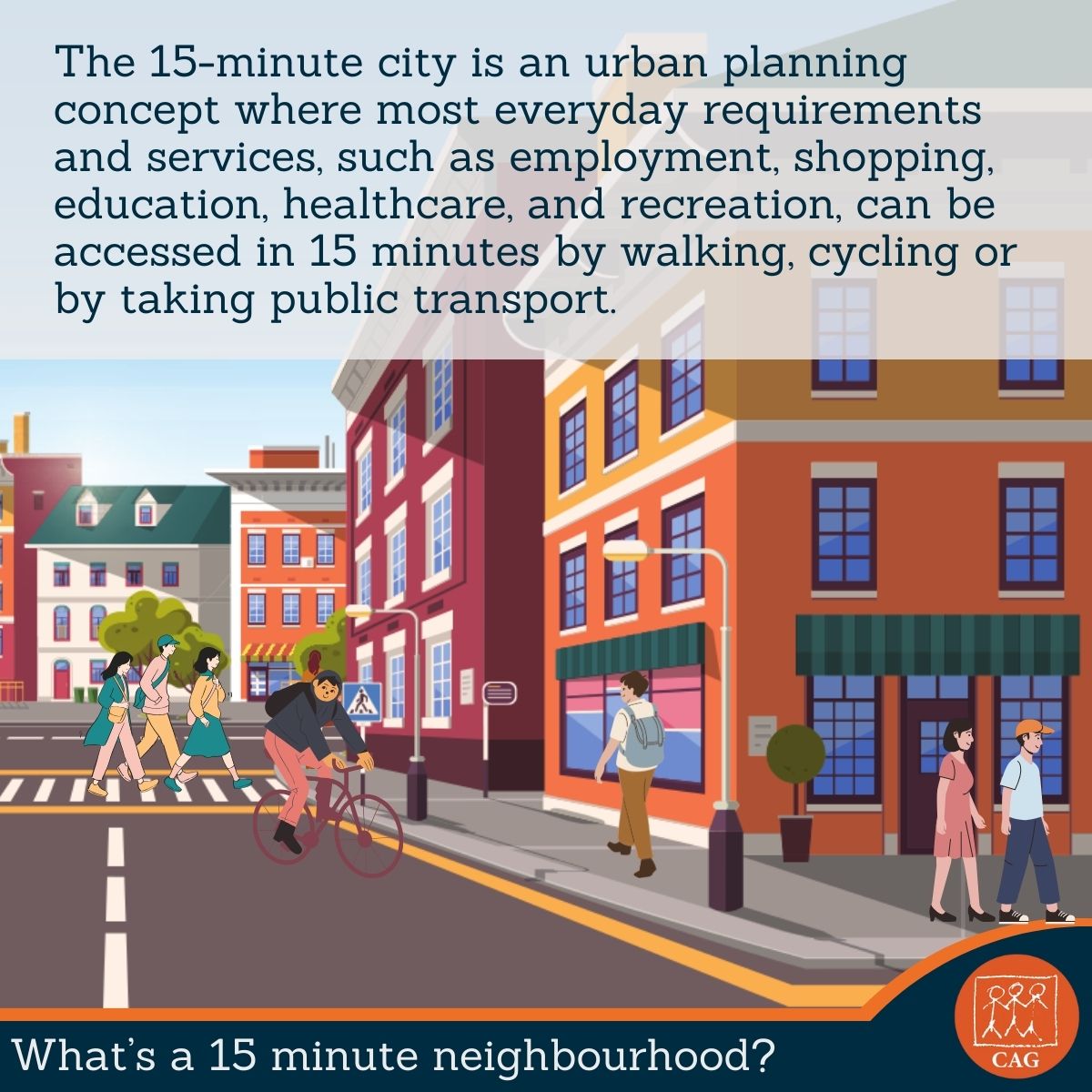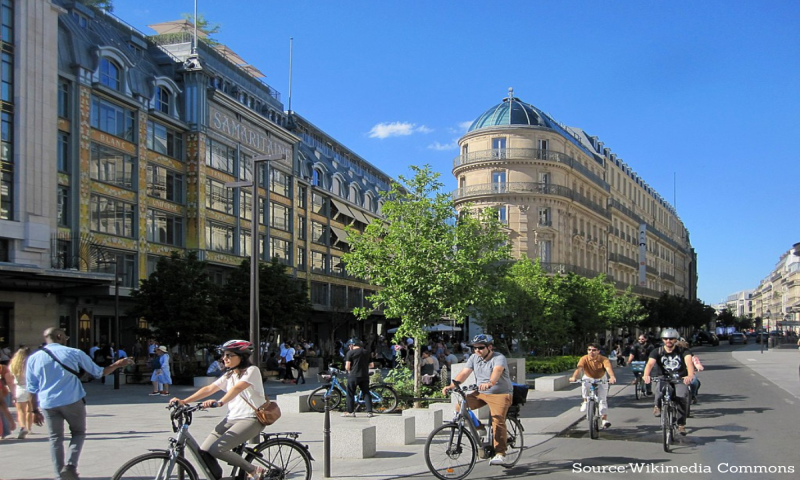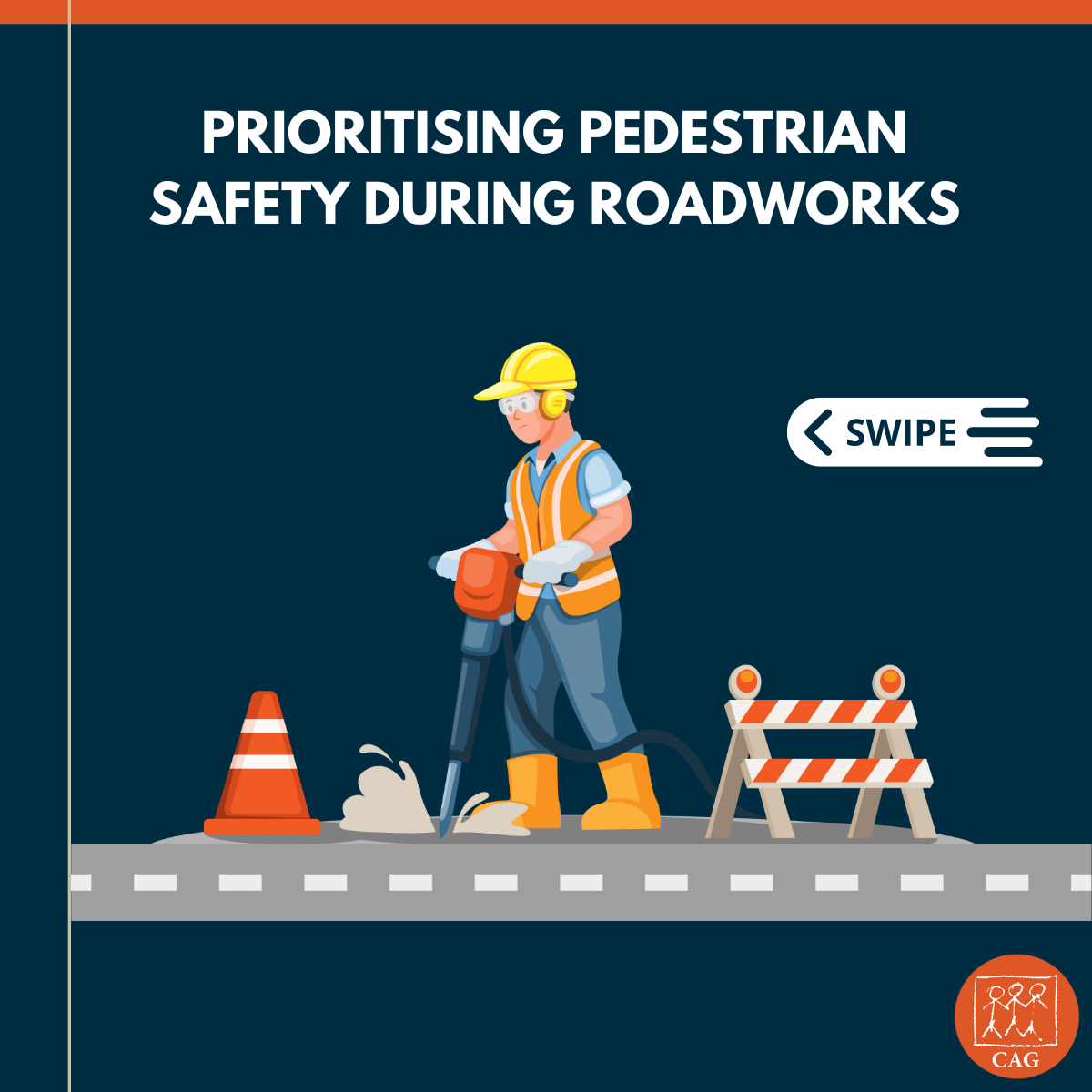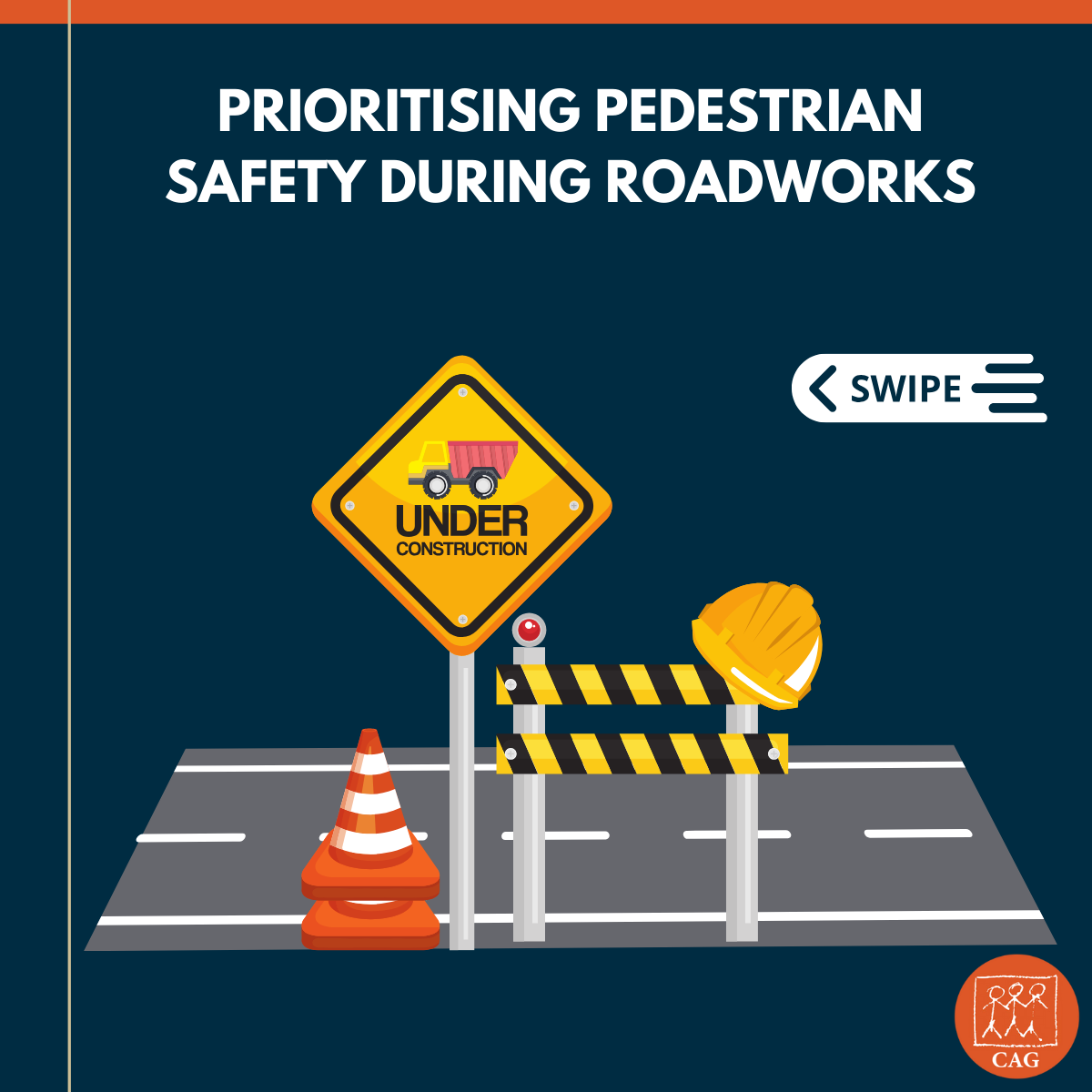Sustainable Transport - Poor pedestrian infrastructure
Indian cities naturally possess mixed neighbourhoods, allowing people to access essential services by walk. However, poor pedestrian infrastructure, and roads that prioritise motorists has reduced the effectiveness of these neighbourhoods. People resort to driving as it's the safest way to get around. Protecting our 15-minute neighbourhoods must start with prioritising pedestrian safety.



